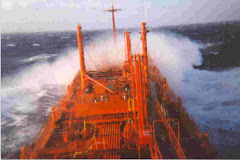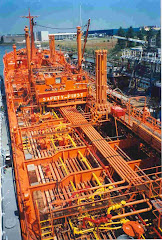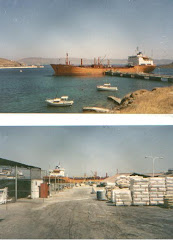NAT has consistently outperformed all other publicly-listed peer shipping companies. On ten-year basis it has returns of 1065% as opposed to the nearest competitor with 150%. Contrary to its peers, NAT avoids term debt and operates mainly on the spot market. It is also avoided massive scaling up asset expansion deals. It has maintained high dividend payouts to shareholders.
Shipping is a cyclical business and there is no free ride by shifting counter party risk to time charterers.
Success in the business comes from sound business principles such as brand image, a solid customer base, strong chartering and operational capacity and vessel performance quality. Good timing decisions are crucial in profitability, particularly asset acquisitions at moderate prices.
Whilst an attractive method of multiplying returns, bank leverage often creates restraints on commercial policy, impairs liquidity and increases financial risk.
The main reasons why so many recently listed shipping companies have done massive vessel acquisition deals is that they boost nominal investment returns as well as investor expectations. On the other hand, these deals result in increased leverage and exposure to losses, if asset values fall decline thereafter in weak market conditions, charterers default or renegotiate rates and orders are canceled.
NAT was never under any pressure for massive scaling up deals. Their cost structure is lean and efficient with lower operating vessel operating costs than many Greek operators. They maximized profits in good markets with spot rates.
They are in a competitive advantage with their charterers over many of their peer companies. They had no obligation to fix their units on period cover because of financial covenants or investor demands. Charterers normally prefer the flexibility to fix on shorter periods that correspond with their own business plans. For longer periods, they demand steep discounts for the risks. There is always the underlying counter party default risk in bad markets.
NAT has negligible term debt and excellent liquidity. They are now on the winning side to increase their fleet at bargain prices that further enhance their competitive advantage in the market place.
Shipping is a cyclical business and there is no free ride by shifting counter party risk to time charterers.
Success in the business comes from sound business principles such as brand image, a solid customer base, strong chartering and operational capacity and vessel performance quality. Good timing decisions are crucial in profitability, particularly asset acquisitions at moderate prices.
Whilst an attractive method of multiplying returns, bank leverage often creates restraints on commercial policy, impairs liquidity and increases financial risk.
The main reasons why so many recently listed shipping companies have done massive vessel acquisition deals is that they boost nominal investment returns as well as investor expectations. On the other hand, these deals result in increased leverage and exposure to losses, if asset values fall decline thereafter in weak market conditions, charterers default or renegotiate rates and orders are canceled.
NAT was never under any pressure for massive scaling up deals. Their cost structure is lean and efficient with lower operating vessel operating costs than many Greek operators. They maximized profits in good markets with spot rates.
They are in a competitive advantage with their charterers over many of their peer companies. They had no obligation to fix their units on period cover because of financial covenants or investor demands. Charterers normally prefer the flexibility to fix on shorter periods that correspond with their own business plans. For longer periods, they demand steep discounts for the risks. There is always the underlying counter party default risk in bad markets.
NAT has negligible term debt and excellent liquidity. They are now on the winning side to increase their fleet at bargain prices that further enhance their competitive advantage in the market place.









No comments:
Post a Comment